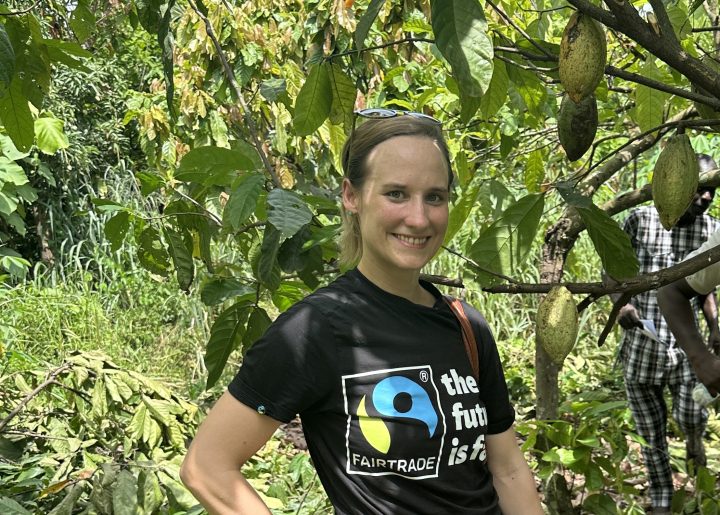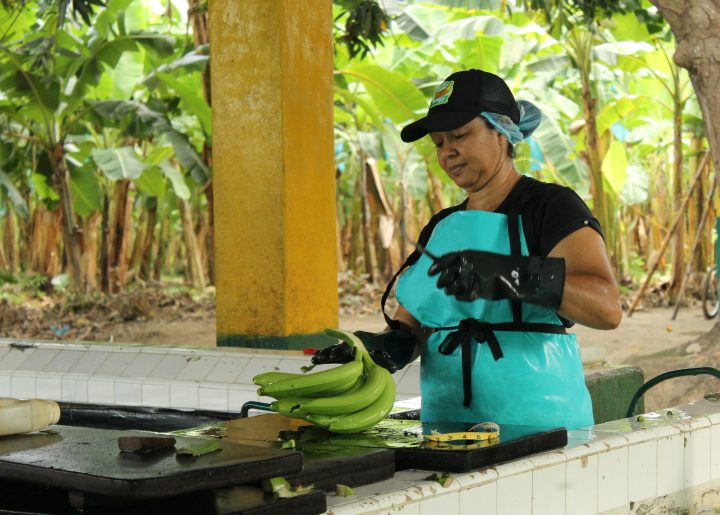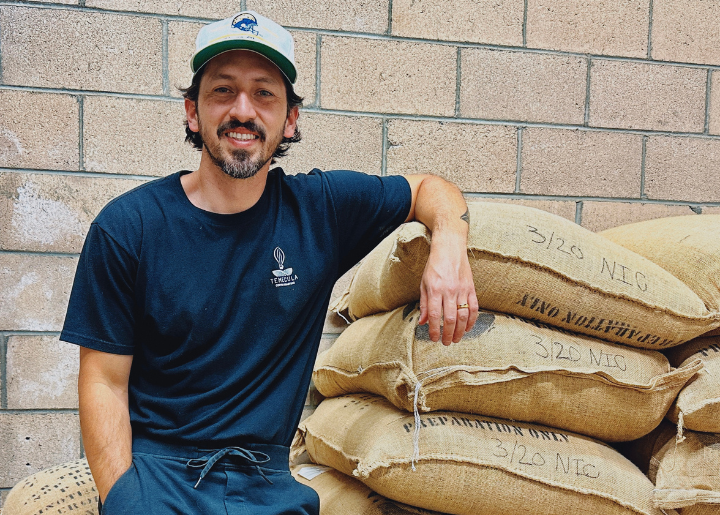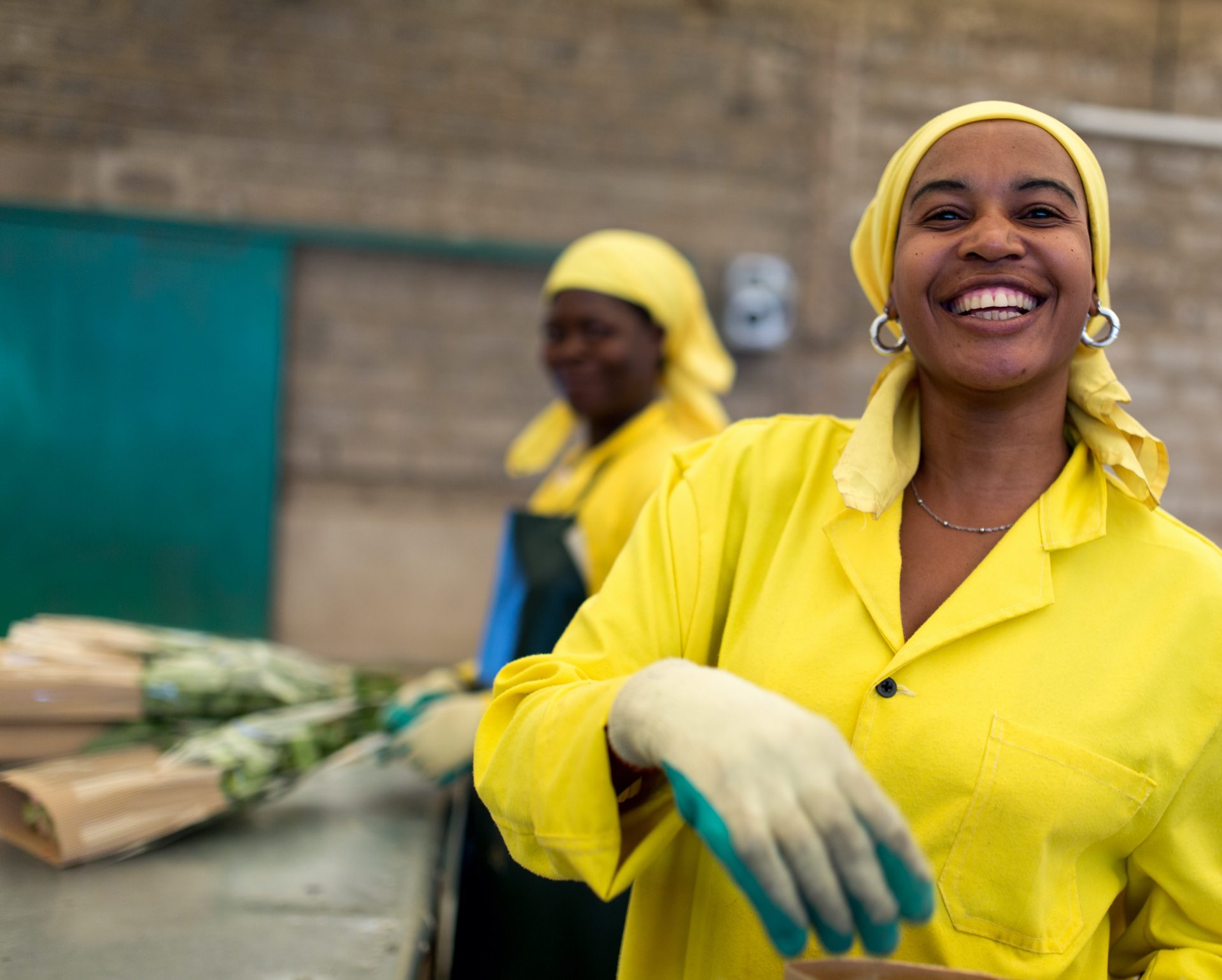Finding Justice for Farmworkers, Telling their Story
As we celebrate Cesar Chavez and his achievements for farmworkers across the U.S., Kerstin Lindgren of the Fair World Project shares this blog on the importance of supporting dignified work for farmworkers.
The US food system is largely based on the expectation of cheap food. Government subsidies keep prices artificially low and price pressure often extends to farmers and workers at the far end of supply chains. Yet all this cheap food is clearly not keeping us well-fed. In the U.S. alone, over 40 million people live in food insecure houses. Globally, nearly 800 million don’t get enough to eat.
The majority of government subsidies benefit large, capital-intensive farms growing commodity crops that go primarily into animal feed or processed food products. This often makes healthy food from healthy farms more expensive than subsidized, processed food. Farmers around the world struggle to keep up with the costs of production, and in a great irony find themselves relying on cheap, processed foods.
Each year on March 31st, we celebrate the accomplishments of Cesar Chavez, the labor organizer who was born that day in 1927. Chavez led farmworkers in grape boycotts to protest conditions in California vineyards, which led to the development of the National Farm Workers Association (which became United Farm Workers).
His achievements deserve recognition and his story remains relevant for the millions of farmworkers who continue to struggle today. Even now, the International Labor Organization lists farm work as one of the top three most dangerous jobs in the world.
Dangerous Jobs, Few Protections
In the U.S. most farmworkers are not eligible for overtime premiums, and accident and illness rates are high. Sexual harassment of women in the fields is endemic. Tens of thousands of farmworkers are victims of pesticide poisoning
Besides a dangerous and difficult work environment, most farmworkers are paid piece rate, that is by the unit harvested (for example a box of oranges) rather than by the hour. This system of pay is associated with wage theft, where workers do not get paid for everything harvested. It can also lead to extreme physical stress on the body as workers push themselves to reach quotas, sometimes forgoing breaks to do so.
Small- and mid-sized farmers and farmworkers bear the greatest burden in the American market’s quest for cheap food. Price pressure forces many farmers to look for cost savings that often leave farmworkers in a precarious position. Strategies for improving their positions in the system often look different.
NAFTA, for example, cost millions of agriculture workers in Mexico their livelihoods forcing mass migration within Mexico or across borders. For those who came to the U.S., a new set of problems faced them, including discrimination, low pay, uncertain work hours, poor working conditions, and in some cases, slavery. While there is a need to address issues with NAFTA, the immediate needs of farmworkers in the U.S. are better addressed through fair immigration and farmworker justice initiatives.
Organizing Farmworkers for Better Treatment
A variety of U.S.-based organizations have been involved in creating new certification initiatives in recent years. The Agricultural Justice Project’s Food Justice Certified, Coalition of Immokalee Worker’ Fair Food Program, and Equitable Food Initiative’s Responsibly Grown Farmworker Assured all take different approaches, but all have the goal of meaningfully improving wages and conditions for farmworkers and giving them a voice.
The Fairtrade International system [of which Fairtrade America is part] has strong standards for living wages, democratic workers’ committees, and health and safety standards for farmworkers on its certified farms. The global system recognizes that their expertise lies in the Global South and has not tried to apply their program to farms in the U.S., leaving space for grassroots farmworker initiatives like those mentioned above to develop domestic approaches to fair trade.
Fair Trade labels Fair for Life and Fair Trade U.S.A. have opened their programs to U.S. farms. As we describe in our recent report Justice in the Fields, it is laudable that these programs have recognized the challenges facing farmworkers, but because these programs were not created by farmworkers and fall short in farmworker-led enforcement mechanism, Fair World Project advises consumers to approach these labels with caution, favoring instead the stronger labels listed above, as well as democratic union labels.
Shop for Justice
Strong farmworker justice labels can raise awareness of conditions on conventional farms, push growers and buyers to be more accountable, and help consumers identify fairer products. We have already seen how fair trade labels have successfully helped to bring awareness and solutions for small-scale farmers in the Global South. Now farmworker justice certification labels can help tell the story of farmworkers in the U.S., making visible both their exploitation and emerging models for justice.
However, as we note in our report, we must also continue to advocate for better policies and practices for all farms. For U.S. farmworkers that includes higher minimum wage, fair immigration policies, and meaningful health and production standards that reach all farmworkers, not just those on certified farms. We also need to show solidarity with farmworkers who wish to organize and secure a democratic voice on the farms on which they work.
The tragedy of exploitation in the fields not only denies millions of workers worldwide their fundamental human rights, but also threatens the sustainability of our food system. We will not have a fair and sustainable food system if we leave farmworkers out.
Read Justice in the Fields, the Fair World Project’s comprehensive review and evaluation of seven domestic fair trade initiatives.
Topics
We’re in this together
Fairtrade America partners with brands on the journey to certification and beyond. We can help with everything from finding a certified supply chain to marketing your newly certified product.
Get in Touch



